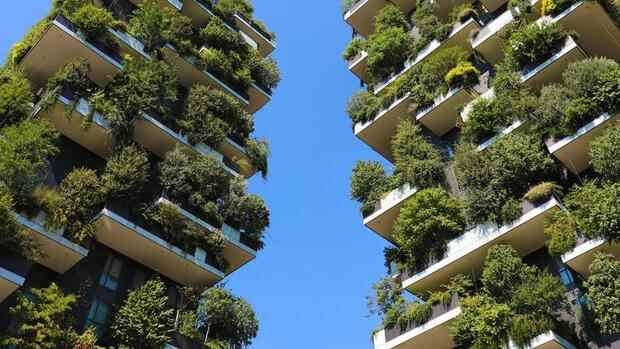Berlin Dark asphalt and lots of concrete, little green and little shade: Due to their nature, German cities can become real heat reservoirs – and for their residents resemble an oven during the July heat.
Densely built-up city centers are sometimes between two and eight degrees hotter than the less populated surrounding areas. In research, this phenomenon has long been known as the “urban heat island effect”.
But the climate crisis is fueling heat waves, making them longer and more intense – even in the major cities. In Germany, the number of hot days with temperatures above 30 degrees Celsius has increased significantly: from four days in the 1960s to an average of 11.1 days in the past decade. With increasing global warming, even more hot days are to be expected – which once again raises the question of how cities can be made more heat-resistant and cool down.
Read on now
Get access to this and every other article in the
Web and in our app free of charge for 4 weeks.
Continue
Read on now
Get access to this and every other article in the
Web and in our app free of charge for 4 weeks.
Continue
